When I push a CNContactViewController on to the stack of UITableViewController subclass which is within a UINavigationController, the top navigation bar is almost entirely hidden. But with the brightness all the way up, you make out the back arrow followed by the word "Detail", and the system status bar. When I tap that corner of the screen, the CNContactViewController is indeed dismissed.
Of course this is not good, since a user would probably not even see the text of the navigation bar and now to press any buttons to dismiss.
Is there any way to make the navigation bar tint of the CNContactViewController be the same as the view controller that showed it (the rest of my app)?
CNContactViewController *controller = [CNContactViewController viewControllerForUnknownContact:person];
controller.contactStore = [[CNContactStore alloc] init];
controller.delegate = self;
controller.allowsActions = NO;
[self.navigationController pushViewController:controller animated:YES];
I should note that I'm only experiencing this problem on iOS 10, and not versions below 10. I also do get the properly tinted navigation bar when I tap "Add to Existing Contact", but it breaks again when that view controller is dismissed.
So again, my question is: Is there any way to make the navigation bar tint of the CNContactViewController be the same as the view controller that showed it (the rest of my app)?

